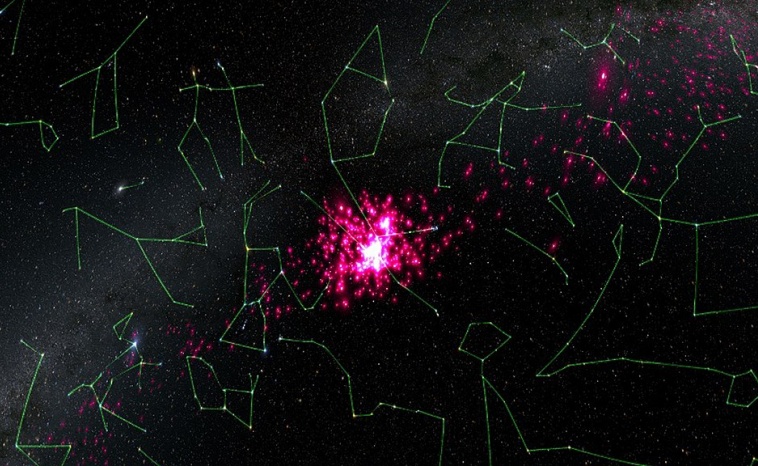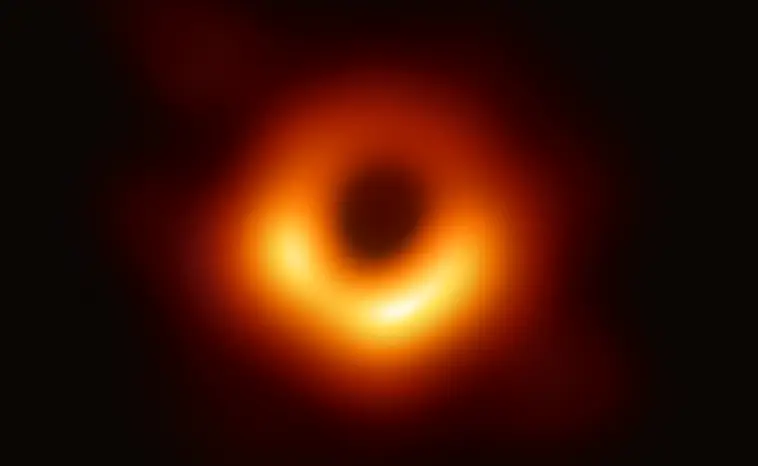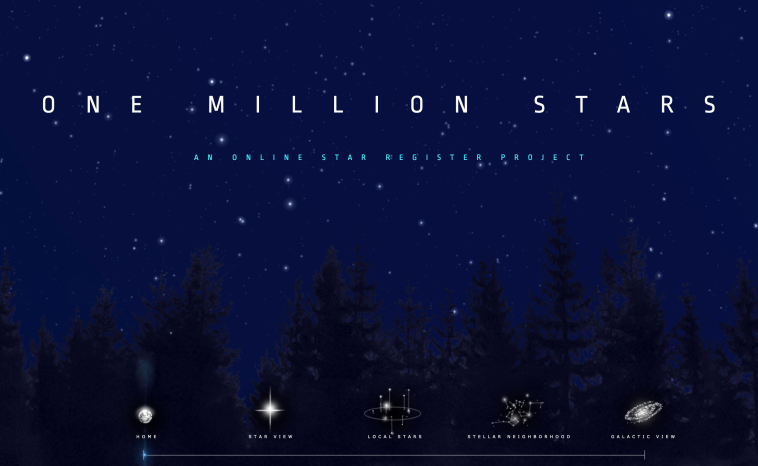Is the Hyades Cluster Home to the Closest Black Holes to Earth?

Are there black holes closer to Earth than we expected? According to a recent study, the answer could be yes! In this article, we’ll take a closer look at all the facts of this exciting astronomical discovery.
Following a collaborative European study, astronomers may have made an exciting discovery with the potential to reshape our understanding of the cosmos: the closest black holes to Earth may exist in the Hyades star cluster. The findings, based on observations made with the Gaia satellite, suggest that several black holes likely lurk within this nearby group of stars. Keep reading for all the details on this fascinating potential discovery.
What Is the Hyades Cluster?

ESA/Gaia/DPAC; acknowledgement: S. Jordan/T. Sagrista., CC BY-SA IGO 3.0, CC BY-SA 3.0 IGO, via Wikimedia Commons
ESA/Gaia/DPAC; acknowledgement: S. Jordan/T. Sagrista., CC BY-SA IGO 3.0, CC BY-SA 3.0 IGO, via Wikimedia CommonsThe Hyades cluster, often regarded as the “Jewel of Taurus”, is the closest open star cluster to us, residing merely 153 light years away. It’s a dazzling spectacle of hundreds of stars that stretch across ten light years. Many stargazers often mistake it for the Pleiades, a younger and more distant cluster.
The Hyades cluster holds a special allure. Its stars were born together some 625 million years ago and have since danced a ballet of cosmic proportions across the night sky. Some suggest that the cluster may even have inspired the Viking myth of Ragnarok. However, beyond its proximity and glittering beauty, what makes the Hyades genuinely fascinating is the potential harbouring of the universe’s most mysterious entities – black holes.
Are the Closest Black Holes to Earth in the Hyades Cluster?
In a recent collaboration led by Stefano Torniamenti of the University of Padua, scientists ran detailed computer simulations predicting the mass and movement of all stars in the Hyades cluster in different scenarios. When comparing their simulated results with real-world data from the European Space Agency’s Gaia satellite, they found that their results suggest the presence of black holes. Discussing their findings, Torniamenti said, “Our simulations can only simultaneously match the mass and size of the Hyades if some black holes are present at the centre of the cluster today (or until recently)”.
The study’s co-author, Mark Gieles, an astrophysicist at the Universitat de Barcelona, also shared a fascinating insight into their findings, stating, “This observation helps us understand how the presence of black holes affects the evolution of star clusters and how star clusters in turn contribute to gravitational wave sources. These results also give us insight into how these mysterious objects are distributed across the galaxy”.
What Exactly Are Black Holes?

Event Horizon Telescope, CC BY 4.0, via Wikimedia Commons
Event Horizon Telescope, CC BY 4.0, via Wikimedia CommonsBlack holes are celestial entities of intense gravity from which nothing, not even light, can escape. They are born from the remnants of substantial stars following a supernova explosion, when the star’s core collapses inward and creates a ‘singularity’ – a point of infinite density. This singularity is cloaked by an ‘event horizon’, a boundary marking the point of no return. Anything crossing this boundary is sucked into an abyss of unknown properties and behaviours.
Despite their destructive reputation, black holes are crucial players in the cosmic theatre. They help in the formation of galaxies and, paradoxically, the creation of new stars. Yet, they remain shrouded in mystery, unseen and largely undetected, their presence only inferable through their profound influence on nearby space. The discovery in the Hyades cluster opens a new observational window into the enigmatic world of these cosmic beasts, adding a thrilling chapter to the story of our understanding of the universe.
What Would the Discover of the Closest Black Holes to Earth Mean?
The simulations suggest two or three small black holes might exist in the Hyades cluster. Alternatively, black holes may have been ejected from the cluster less than 150 million years ago — a scenario which also aligns with the observations.
Even after their ejection, the previous presence of black holes can leave hints of their existence in the motions of the stars for some time. Therefore, the black holes either still lie inside the cluster or remain close to the group. Importantly, thanks to the Hyades’ proximity, any associated black holes would be the closest we yet know about.
The discovery of black holes within the Hyades could be a groundbreaking revelation in astrophysics. Imagine, just a cosmic stone’s throw away, behemoth entities with gravitational pulls so strong that not even light can escape their grip.
The potential of black holes silently lurking amidst the Hyades stars, effectively in our celestial neighbourhood, could offer unprecedented opportunities for research and exploration. Indeed, by studying nearby black holes, we may unlock answers to long-standing questions about the universe’s fundamental principles.
The discovery could also aid in our understanding of gravity, space-time, and the very fabric of our universe. It is truly an exciting time to explore the cosmic frontier, and the tantalising prospect of black holes within the Hyades reminds us of the wonders that await us. Let’s hope that the revelations from the Hyades will bring us one step closer to understanding the enigmatic nature of black holes and, in turn, the universe itself.
One Million Stars

The discovery of what could be the closest black holes to Earth in the Hyades cluster is an exciting development in astronomy. It brings us closer to understanding these elusive objects and provides valuable insights into the evolution of star clusters and the distribution of these mysterious objects across the galaxy.
Aside from the Hyades cluster, a whole galaxy of fascinating objects are waiting for us to learn more about them. And with the OSR’s One Million Stars App, you can take a tour of our galactic neighbourhood to learn more about a few of them. So, visit the web app today to begin your tour from the comfort of your favourite web browser!

